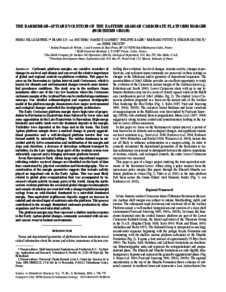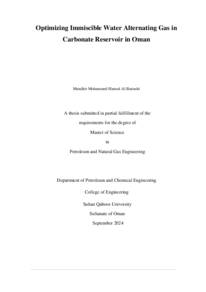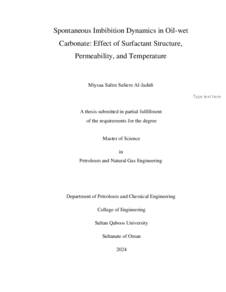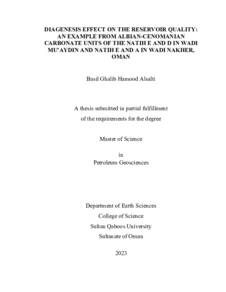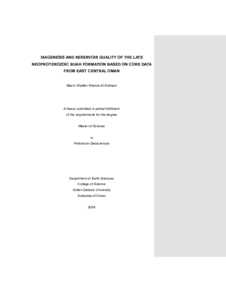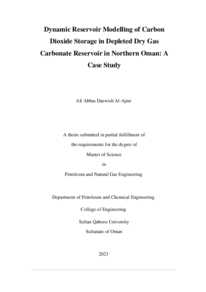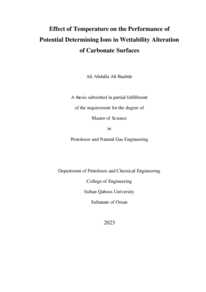Document
The barremian-aptian evolution of the Eastern Arabian carbonate platform margin (Northern Oman).
Identifier
DOI: 10.1306/030503730756
Source
Journal of Sedimentary Research. v. 73, 5, p. 756-773
Contributors
van Buchem, Frans S. P. , Author
Gaumet, Fabrice., Author
Razin, Philippe., Author
Pittet, Bernard. , Author
Grotsch, Jurgen. , Author
Droste, Henk., Author
Country
United States.
City
Oklahoma
Publisher
SEPM Society for Sedimentary Geology.
Gregorian
2003-09-01
Language
English
English abstract
Carbonate platform margins are sensitive recorders of changes in sea level and climate and can reveal the relative importance of global and regional controls on platform evolution. This paper focuses on the Barremian to Aptian interval (mid Cretaceous), which is known for climatic and environmental changes towards more intensified greenhouse conditions. The study area in the northern Oman mountains offers one of the very few locations where the Cretaceous carbonate margin of the Arabian Plate can be studied along continuous outcrops. Our detailed sedimentological and sequence stratigraphic model of the platform margin demonstrates how major environmental and ecological changes controlled the stratigraphic architecture. The Early Cretaceous platform margin shows high rates of progradation in Berriasian to Hauterivian times followed by lower rates and some aggradation in the Late Hauterivian to Barremian. High-energy bioclastic and oolitic sands were the dominant deposits at the margin. Turbidites were deposited at the slope and in the basin. The Early Aptian platform margin shows a marked change to purely aggradational geometries and a well-developed platform barrier that was formed mainly by microbial buildups. The sudden dominance in microbialactivity led to cementation and stabilization of the margin and slope and, therefore, a decrease of downslope sediment transport by turbidites. In the Late Aptian, large parts of the Arabian craton were subaerially exposed and a fringing carbonate platform formed. Seven Barremian to Early Albian large-scale depositional sequences reflecting relative sea-level changes are identified on the basis of time lines constrained by physical correlation and biostratigraphy. The reconstruction of the margin geometries suggests that tectonic activity played an important role in the Early Aptian. This was most likely related to global plate reorganization that was accompanied by increased volcanic activity in many parts of the world. Along the northeastern Arabian platform the associated global changes in atmospheric and oceanic circulation are recorded with a change in platform-margin ecology from an ooid-bioclast dominated to a microbial dominated margin. Time-equivalent argillaceous deposits suggest an increase in rainfall and elevated input of nutrients onto the platform. This process contributed to the strongly diminished carbonate production by other organisms and favored microbial activity. The platform margin may thus represent a shallow-marine response to the Early Aptian global changes, commonly associated with an oceanic anoxic event in basinal environments.
ISSN
1527-1404
Category
Journal articles

